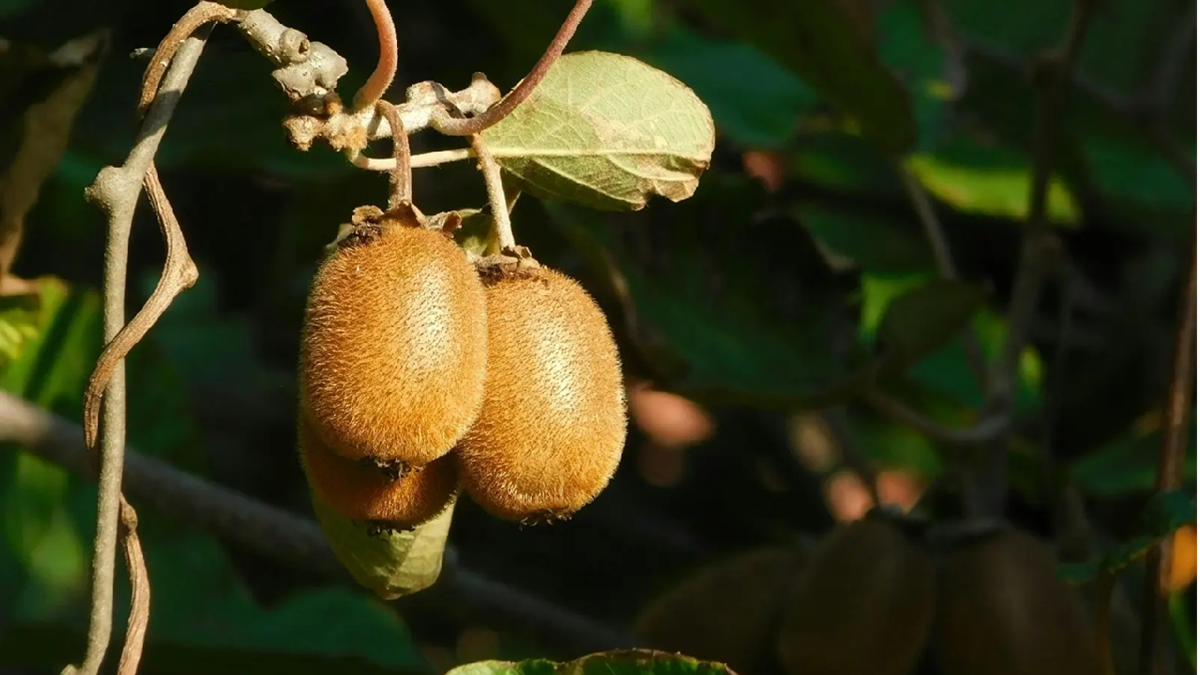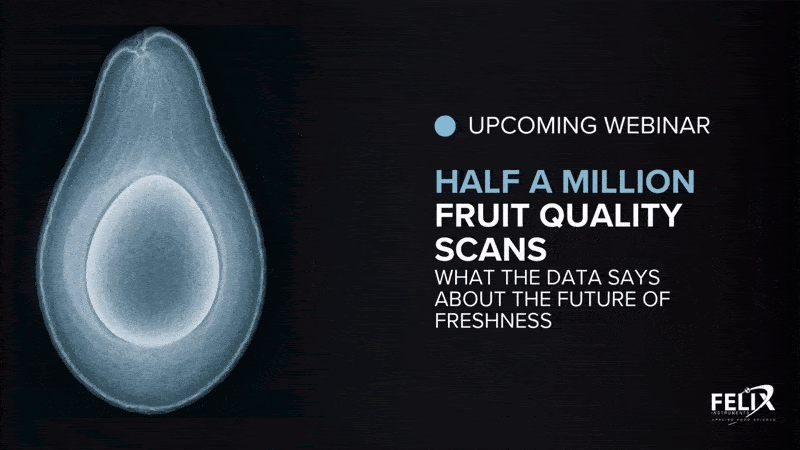Measurements
Modelling Soluble Solids Content Accumulation in 'Braeburn' Apples
Increasingly, destructive chemical analysis is being replaced with non-destructive near-infrared and visible spectrometers to estimate anthocyanins, chlorophyll, and soluble solids content (SSC) in apple production. This study examined how future SSC predictions from the partial least square regression (PLS) model, would be influenced by sample size, seasonal variation, laboratory errors, and the model itself. They also wanted to use the SSC predictions, to better understand apple carbohydrate physiology. The two-year study showed that there was a 0.5% difference in SSC estimation by destructive methods compared with
22 March, 2021
Increasingly, destructive chemical analysis is being replaced with non-destructive near-infrared and visible spectrometers to estimate anthocyanins, chlorophyll, and soluble solids content (SSC) in apple production. This study examined how future SSC predictions from the partial least square regression (PLS) model, would be influenced by sample size, seasonal variation, laboratory errors, and the model itself. They also wanted to use the SSC predictions, to better understand apple carbohydrate physiology. The two-year study showed that there was a 0.5% difference in SSC estimation by destructive methods compared with the spectrometer. The scientists also observed that apples in the top parts of a tree have higher SSC compared with fruits from the lower part of the tree. Click here to read the full paper F-750 Produce Quality Meter












